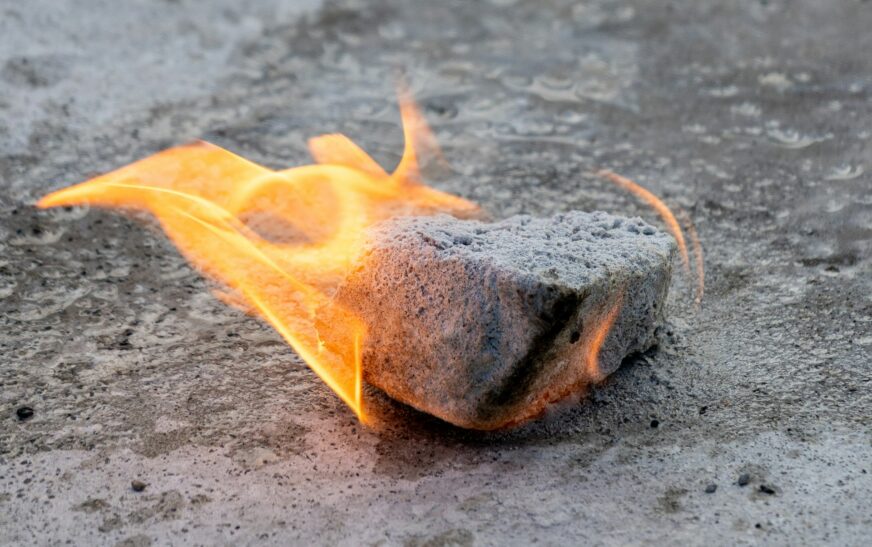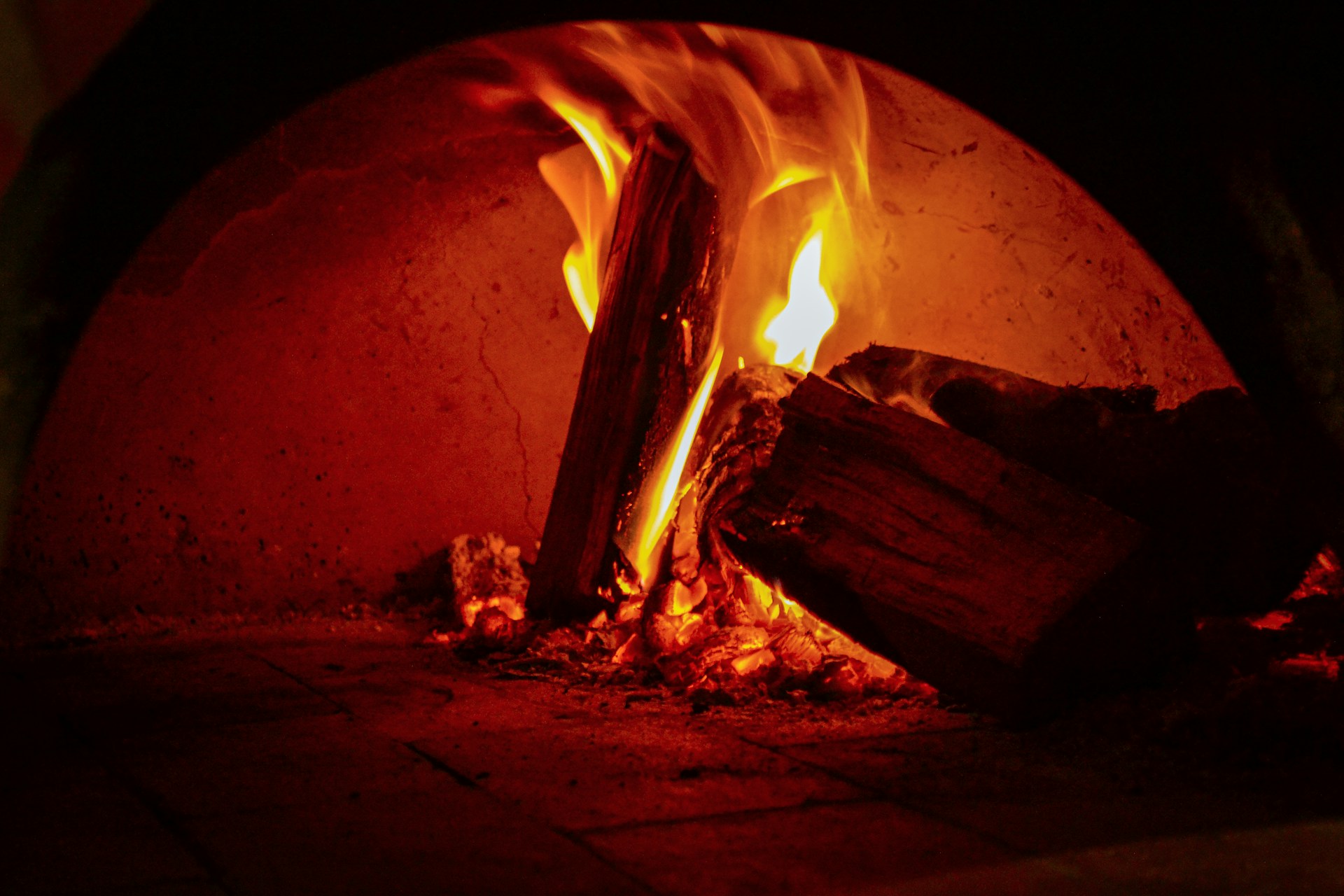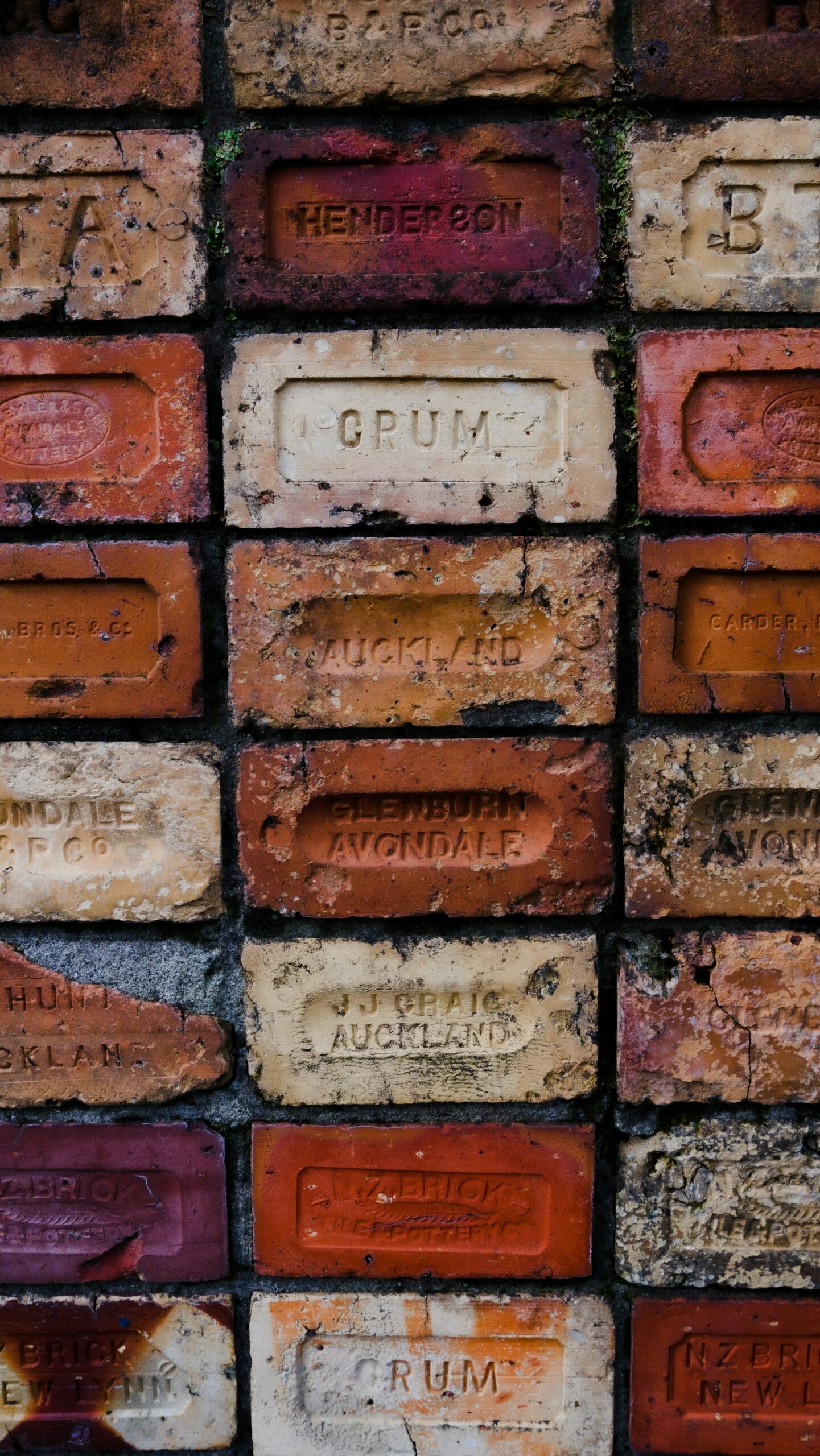When fire safety is on your radar—whether you’re designing a new home, restoring an old building, or just a curious human—you might wonder: does brick burn?
Good news: bricks don’t go up in flames like that wooden chair you forgot in the fireplace. But there’s more to the story than a simple “no.” Understanding brick and fire touches on building science, materials engineering, and centuries of historic wisdom. Let’s break it down.
Does Brick Burn? Short Answer: Nope
Traditional fired clay bricks do not burn. Brick is one of the most fire-resistant building materials out there. But before you start thinking your house is indestructible, there are a few nuances to cover. Can bricks crack under extreme heat? Can they spall? Why are some bricks better for fireplaces? Let’s get into it.
Brick: A Material Born from Fire
Here’s the ironic part: bricks owe their strength to fire itself. Most clay bricks are fired in kilns at 1,800–2,000°F (980–1,090°C). That’s hotter than almost any fire your home will ever experience.
Because they’re already “pre-cooked,” bricks are:
- Non-combustible – They don’t catch fire.
- Stable – They don’t melt or release flammable fumes.
- Durable – They can retain structural integrity even in house fires.
In short: a brick wall is basically a fireproof fortress.
Why Brick Doesn’t Burn: The Science
A typical clay brick contains:
- Natural clay or shale
- Silica, alumina, lime, iron oxide, magnesia
- Fired in a kiln until particles fuse (aka sintering)
No organic material means nothing to ignite—unlike wood, vinyl, or plastics.
Important note: Bricks don’t burn, but they can be damaged by heat. High temperatures may cause:
- Spalling – Surface flakes pop off
- Cracking – Thermal shock from sudden heat changes
But this is mechanical damage, not combustion.
How Brick Compares to Other Materials
| Material | Combustibility | Melting/Burning Point | Fire Resistance |
|---|---|---|---|
| Wood | Highly combustible | ~300°C | 0–30 min |
| Vinyl siding | Combustible | ~160°C | Very low |
| Concrete | Non-combustible | Cracks at high temps | Moderate–high |
| Steel | Doesn’t burn | Weakens at ~500°C | Varies |
| Brick | Non-combustible | Survives up to 1,100°C | Up to 4 hours |
Clearly, bricks take fire seriously. That’s why commercial fire barriers often include brick or masonry walls.
Fire Ratings: What Do They Mean?
Fire resistance is measured in hours—how long a wall can survive a fire before failing. A typical brick wall offers up to 4 hours of protection.
Factors that affect fire ratings:
- Wall thickness
- Type of brick (solid vs. hollow)
- Mortar quality
- Reinforcements
- Load-bearing function
So fire ratings are for the entire wall system, not just the bricks.
Real-World Fireproof Bricks
- The Great Fire of London (1666): After timber homes burned, building codes shifted to brick and masonry.
- Modern house fires: Wooden frames collapse; brick exteriors often survive intact and sometimes reusable.
Can Bricks Be Damaged by Fire?
Yes—but “damaged” ≠ “burned.”
- Spalling: Moisture inside bricks vaporizes and flakes the surface
- Cracking: Thermal stress from sudden temperature changes
- Mortar degradation: The mortar may crumble even if bricks are fine
Water used to fight flames can also compromise wall integrity, so post-fire inspections are essential.
Bricks for Fireplaces and Fire Pits
Not all bricks are created equal. For high-heat applications:
| Brick Type | Use Case |
|---|---|
| Regular clay brick | Walls, facades |
| Fire brick (refractory) | Fireplaces, ovens, kilns |
Using regular bricks in a fireplace may eventually lead to cracks. Fire bricks are specially designed for direct flame and extreme heat.
Read More : Can You Stain Brick? A Complete Guide to Transforming Your Brick Surfaces
Environmental and Safety Benefits
Bricks don’t release toxic fumes when exposed to fire (unlike plastics or treated wood). In wildfire-prone areas, brick homes often withstand flames better. Insurance companies sometimes reward this with lower premiums—a small but tangible benefit.
Bottom line: Bricks don’t burn—they survive, protect, and even help save lives in fire events. But like any material, they have limits. Using the right type of brick and proper construction ensures your walls can take the heat without literally going up in smoke.










